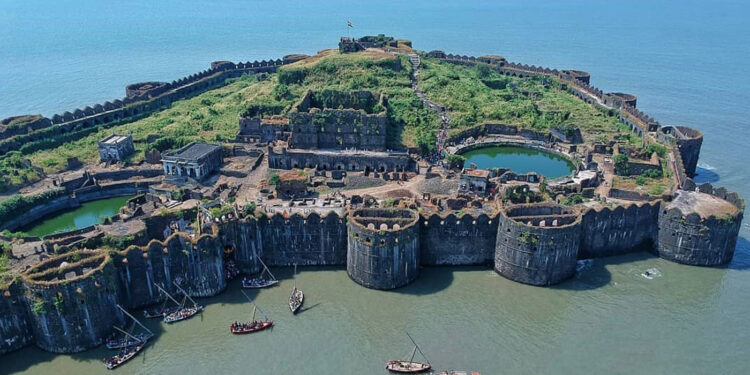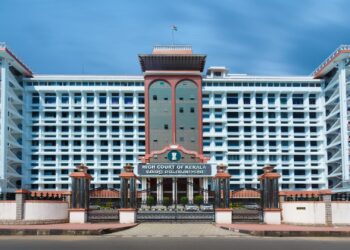The Bombay High Court’s decision to dismiss a public interest litigation (PIL) challenging the construction of a jetty near the iconic Murud-Janjira Fort in Raigad district, Maharashtra, marks a significant development in the ongoing debate over the preservation of historical sites and environmental conservation.
The Murud-Janjira Fort, situated on an island off the Arabian Sea coast, holds immense historical and cultural significance. It is a popular tourist destination and a symbol of Maharashtra’s rich heritage. However, concerns have been raised regarding the impact of the proposed jetty construction on the fort’s ecosystem and structural integrity.
The PIL, filed by concerned citizens and environmental activists, argued that the construction of the jetty would lead to increased human activity in the area, potentially harming the fragile ecosystem around the fort. It also raised concerns about the impact of construction activities on the fort’s ancient structure, which has already weathered centuries of natural and man-made challenges.
The High Court, in its ruling, acknowledged the importance of preserving historical sites like Murud-Janjira Fort. However, it stated that the decision to allow the construction of the jetty fell within the purview of the relevant authorities and was based on a thorough evaluation of environmental impact assessments and other relevant factors.
The court emphasized that while environmental conservation is crucial, it must be balanced with the need for infrastructural development and tourism promotion. It highlighted the need for sustainable development practices that protect the environment while also ensuring economic growth and societal well-being.
The judgment has sparked mixed reactions from various quarters. While some have welcomed the decision as a step towards boosting tourism and infrastructure development in the region, others have expressed disappointment, citing concerns about the potential adverse effects on the fort’s ecosystem and historical value.
Moving forward, it is imperative for all stakeholders, including government agencies, environmentalists, and local communities, to engage in constructive dialogue to ensure that any development activities near historical sites are carried out responsibly and sustainably. Only through such collaborative efforts can we strike a balance between preserving our rich cultural heritage and promoting sustainable development for future generations.

















